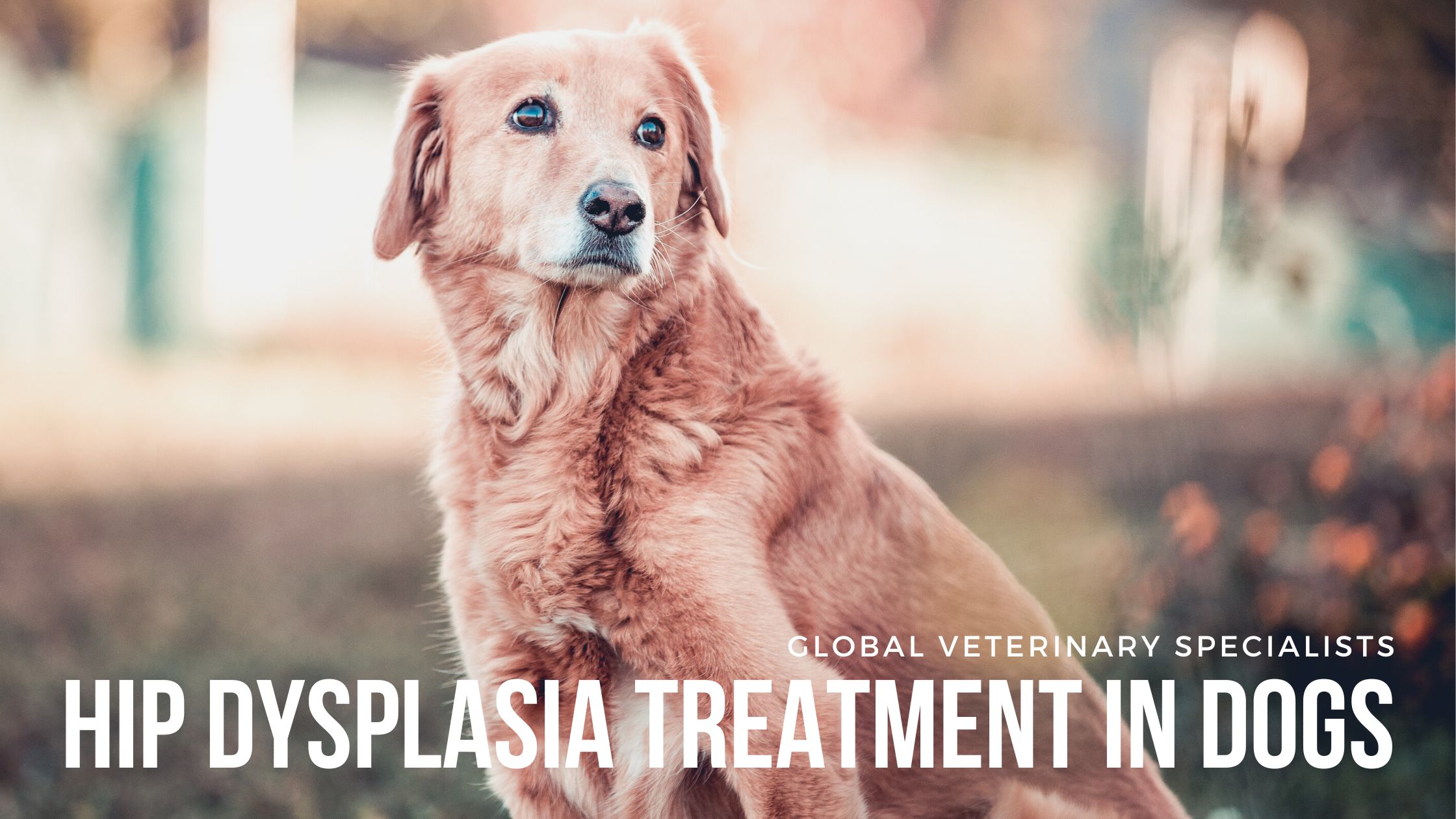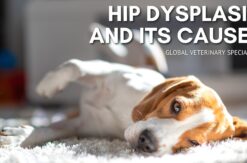One of the most common causes of hind limb lameness within varying dog breeds and sizes is hip dysplasia. When the ball does not fit tightly inside its socket, this condition occurs; causing abnormal joint laxity or looseness that can worsen over time without proper treatment. If hip dysplasia is left untreated, joint damage and inflammation are common. The best course of action in any case is to contact a veterinary surgeon at the first signs of hip dysplasia – since treatment options will differ depending on the severity, breed, size and age of your dog.
Treatment Options
Conservative Management
Lifestyle modifications and anti-inflammatory medications are the few conservative management options for treating hip dysplasia symptoms. When mild hip dysplasia or osteoarthritis is first made, this is typically an option that is attempted. Conservative management may slow down the progress of the condition but ultimately will not cure it and if considered for long-term management, it can get costly. If the disorder is advanced or bilateral, surgical intervention should be considered for alternate options.
Surgical Intervention
If your dog is found to be an excellent candidate for surgery, then Total Hip Replacement (THR) may be a viable option. During a THR surgery, the damaged head of the femur and acetabulum are both replaced with an artificially made one, called a prosthesis. THR has been a highly successful surgery for canines and felines with hip dysplasia and helps re-establish normal/pain-free function.
Schedule an Appointment Today
Global Veterinary Specialists recognize that dogs and cats encounter orthopedic injuries, disabling difficulties, and diseases that can affect their quality of life. Each GVS veterinary surgeon has more than twenty years of experience dealing with the most complex problems that arise. We are teachers, mentors, inventors, clinical researchers, and surgeons driven to achieve excellence for every animal. Contact us today to learn how we can help restore your four-legged family member’s quality of life.



